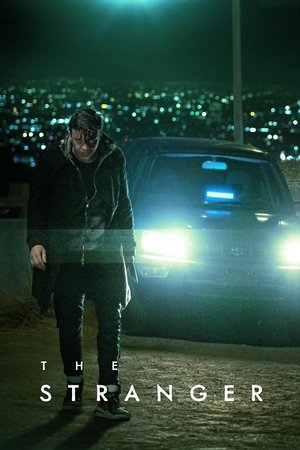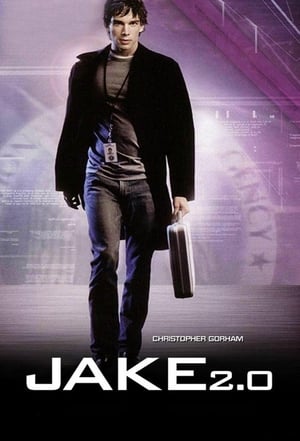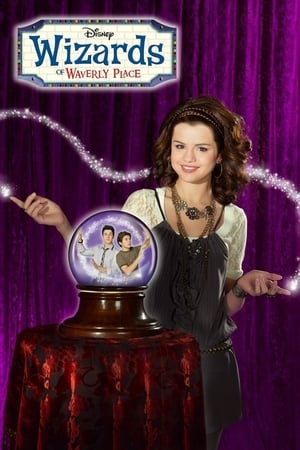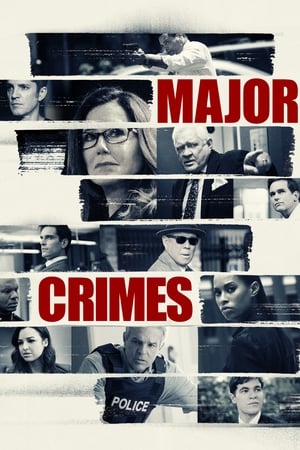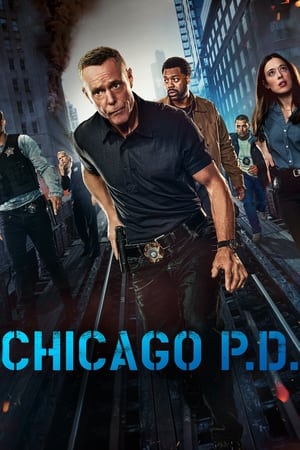Richard Hammond's Engineering Connections
Richard Hammond looks at the connections behind the greatest feats of engineering.
Type: tv
Season: 3
Episode: N/A
Duration: 30 minutes
Release: 2008-09-08
Rating: 5
Season 1 - Richard Hammond's Engineering Connections
2008-09-08
Nicknamed the Superjumbo, the Airbus A380 passenger airliner is the largest in history. It's packed with cutting-edge technology but owes its very existence to the most unlikely connections – a Mongolian bow and a 19th century rocket.
2008-09-15
Heading to Taipei, Richard discovers the secrets of one of the world’s tallest buildings, Taipei 101. How is this tower connected to a birdcage, bamboo, racing yachts, sports cars and seat belts? This journey of discovery takes him from the mines of 18th century England to almost half a kilometre into the sky at some 64 kilometres per hour (that’s around a 37 second trip!)
2008-09-22
Richard looks at the history embedded in the Keck Observatory. How could a sand-blaster, a Cold War spy gadget and the invention of refrigerators have led to the creation of this super telescope? And using just a satellite dish and some foil is it possible to set fire to a boat? Richard experiments.
2008-09-29
Richard braves the stormy North Sea to visit the incredible Troll-A Platform – the largest object ever moved across the earth’s surface by man – and learns firsthand how a single musical note could have spelt catastrophe for the Troll-A.
Season 2 - Richard Hammond's Engineering Connections
2009-09-07
Richard kicks off proceedings at Wembley Stadium, the high-tech home of English football. No one can deny the magnificence of Wembley, but how is its towering arch inspired by a medieval crossbow and how did a simple rock climbers’ knot help engineers raise it into place? Richard tracks down the answers – and finds out how experts preserved the famous ‘Wembley Roar’.
2009-09-14
Towering over Sydney Harbour, the famous Opera House is one of the most recognisable and iconic buildings in the world. Richard heads Down Under, takes a stroll along the incredible structure’s roof, learns how its unique “sails” work on the same principles as a simple child’s collapsible toy, and discovers a bizarre engineering connection with a First World War gas mask.
2009-09-21
Presenter Richard Hammond looks at engineering achievements and how they were brought about by technological innovation. He climbs aboard the mighty aircraft carrier HMS Illustrious, which, at 209 metres long, is a floating airport, a city, battleship and strike carrier, all in one.
2009-09-28
Presenter Richard Hammond looks at engineering achievements and how they were brought about by technological innovation. Discover how a trundle wheel, Russian submarines and a Hawaiian volcano helped architect Frank Gehry design one of the world's most iconic buildings.
2009-10-05
Richard uncovers why an ancient Celtic boat-building technique was crucial to the development of the tallest road bridge in the world.
2009-10-11
Discover how a brass band, a WWII bomber and a vintage racing car contributed to the construction of one of the world's biggest airports.
Season 3 - Richard Hammond's Engineering Connections
2011-05-08
The Burj Al Arab (Tower of the Arabs) is a luxury hotel located in Dubai, United Arab Emirates. At 321 m (1,053 ft), it is the fourth tallest hotel in the world. The Burj Al Arab stands on an artificial island 280 m (920 ft) out from Jumeirah beach, and is connected to the mainland by a private curving bridge. It is an iconic structure whose shape mimics the sail of a ship.
2011-05-15
Richard Hammond reveals the surprising engineering connections behind the Formula 1 car. The stars of the most glamorous, and expensive sport on earth wouldn't even cross the starting line without inspiration drawn from a revolutionary 19th-century cannon, ancient sailing boats, jet engine fan blades, body armour and a technique practised by blacksmiths for thousands of years.
2011-05-22
Richard Hammond reveals the ingenious engineering required to transport one of the most potentially hazardous cargoes in the world in some of the biggest vessels afloat. The huge ships, bigger than the Titanic, carry enough fuel to heat a city the size of London for a week - the energy equivalent of 55 Hiroshima atom bombs. Shipping this potentially volatile cargo required engineering solutions inspired by cutlery, mid-air refuelling and fire engines.
2011-05-29
Richard Hammond reveals how engineers made one of the longest bridges in the world earthquake-proof. Building a structure almost 3 kilometres long in water 65 metres deep was almost the least of the engineering challenges of bridging the Gulf of Corinth in Greece. The construction would cross one of the most active seismic fault lines in Europe. Defying disaster called for solutions inspired by fragrant Indian incense, the ring-pull in a soda can, a tobbogan, a hammock, and some shiny steel chimneys.
2011-06-05
Richard Hammond reveals the engineering connections in NASA's Space Shuttle - the world's first re-usable space craft. He goes backstage at Kennedy Space Centre, in Florida, to discover how an organ pump, tram tracks, a WWII anti-sonar device, a camera iris and a cannonball all helped create the most technologically advanced machine ever engineered by man. Conceived in the early 1970's as the successor to the Apollo Moon missions, the Shuttle is a delivery system, designed to transport payloads such as the Hubble Telescope, and most of the International Space Station, into orbit, and return for its next cargo. The delivery van is the Orbiter - what most people call the Shuttle - which is mated with a huge external fuel tank and rocket boosters which are all jettisoned. Surviving the huge destructive forces of traveling to space and returning in usable form called for ingenious engineering compromises.
2011-06-12
Richard Hammond reveals the surprising engineering connections in Japan's Bullet Train, the world's first high speed train. It could not run without ancient charioteers, a crowbar, a medieval clock, the electric telegraph, and a 19th century luxury racing car.
YOU MAY ALSO LIKE
